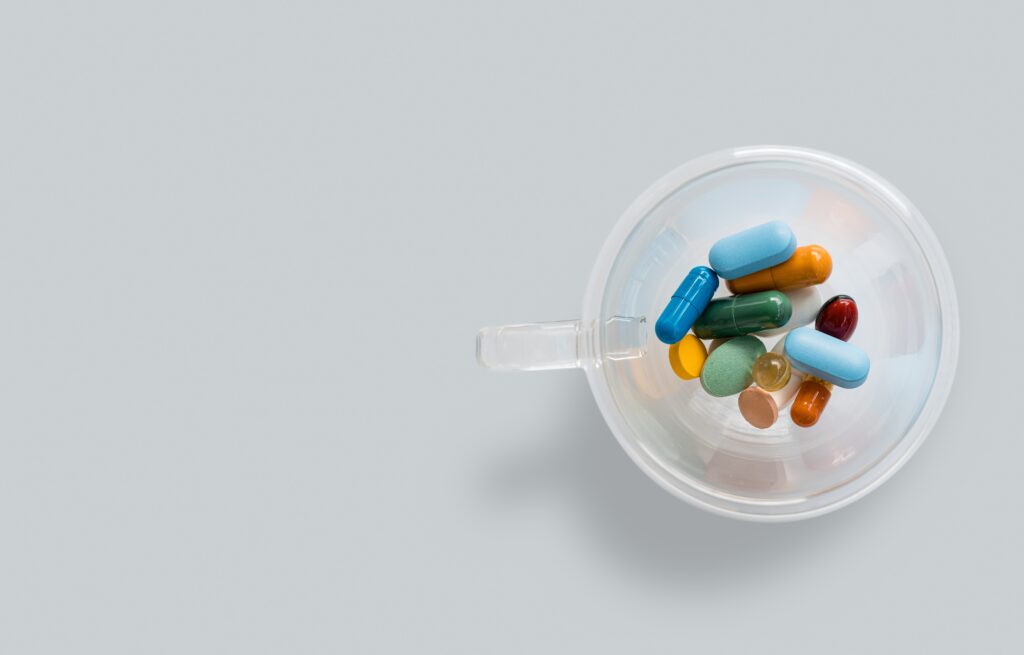Are your GMP’s Excellent?
By now, most folks in the supplement and ingredient manufacturing world know the minimum level of GMP’s.
It includes things like raw material testing. Specifications. Batch records. Finished product testing.
But how do you know when your manufacturer has gone from meeting the minimum Good Manufacturing Practices to the next level – what we can call Excellent Manufacturing Practices, or EMP’s?
For me, it’s when I see a consistent level of processes, training and commitment that go well beyond FDA’s minimum legal requirements. Fortunately, it’s not hard to tell when you’re in the presence of excellence. Here’s my top ten easy indicators of excellence in supplement manufacturing.
Management commitment. Going beyond “just good” manufacturing practices requires years of investment and ongoing commitment by management. A facility that is committed to excellence always has a leader at the top who is truly committed, and who understands (and can explain) their quality practices.
Transparency. The T-word is the foundation of excellence. It means that your manufacturer is available for an audit, and invites you to visit when they are running your product. It means they answer the tough questions with the same expediency and honesty as the easy ones. And they willingly share information that could make them look bad – such as customer complaints and audit reports.
Reams of Documentation. When you walk into a facility for an audit, and an approximate metric ton of thick binders with all the SOP’s and documentation are sitting right there on the table ready to review, you know you found a special place where everyone knows it’s all about the documents.
Experienced, independent quality assurance leaders. When the QA/QC department are led by folks with extensive experience, training, responsibility and independence from the pressures of production, it shows. Big time.
Well trained production staff. In an excellent facility, everyone — especially the most inexperienced staff and the janitor – are part of a culture of quality. Staff trained under a culture of excellence understand all the critical details required in their role supporting GMP. And they explain what they do every day that goes above and beyond – typically beaming with pride.
Redundancy. Good manufacturing practices require checks and balances. Excellent manufacturing practices double up on their checks. Double document reviews, double signatures, and double testing are common practices in facilities with EMP’s. It means testing every lot of material, even if skip-lot testing is supported by a clean history. Having QC staff on the floor overseeing production and taking samples for testing, even if they don’t have to under the law. Redundancies that many may view as unnecessary really aren’t when they prevent a potential failure, and they are a key marker of excellence beyond the minimum GMP’s.
Supplier qualification. Everyone knows how important ingredients are to the finished product. But due to cost, most manufacturers do the minimum, which is often observed as ID testing raw material (often with questionably valid methods — a topic for another post). Others go well beyond. Physically auditing suppliers, testing the entire specification at independent labs for contaminants, and ensuring analysis methods are fit for purpose are things you don’t see everyday. Now under FSMA, supply chain and preventing economically motivated adulteration has become a required critical control point. Supplier qualification procedures serve as an essential litmus test to know whether your manufacturer goes beyond the minimum requirements.
Cleaning validation. Cleaning is one of the most unseen, underrated parts of GMP’s. Because a piece of processing equipment may look clean from the outside, but harbor gunk and pathogens inside the pipes that contaminate product. Good manufacturers trust that their cleaning program is effective, while excellent ones validate the effectiveness of their cleaning. And then they document it all in the process.
Critical internal reviews. Excellent manufacturers have a material review committee, and a regular internal audit schedule that they stick to. They’re always investigating potential gaps in their processes, and being honest with themselves, even if they are already meeting FDA requirements.
Continuous improvement. Improvement is one of the lesser discussed, yet essential parts of quality management systems. Even when a facility has met the mark of excellence, they are always striving for more and better. When you work to become a world-class athlete, you still have the motivation to keep practicing and getting better. The same is true for world-class manufacturers. In an environment that keeps changing, you’re left behind if you’re not fully committed to improvement.
Going from good to excellent in manufacturing is not an overnight endeavor. It takes years of commitment and investment to reach this level. It’s time to take notice of excellent manufacturing practices, or EMP’s, and to recognize the value that they bring to consumers.
Published in Natural Products Insider, Sept/Oct 2019


